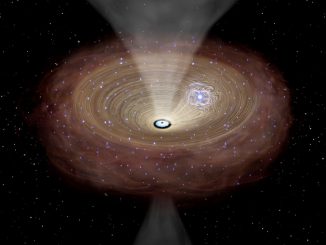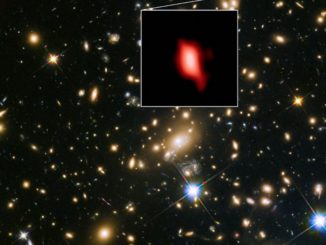The Atacama Large Millimetre/submillimetre Array is putting together an astronomical census of nearby stellar nurseries called the Physics at High Angular resolution in Nearby GalaxieS, or PHANGS. So far, about 100,000 such nurseries have been charted over the course of more than 750 hours of observation focused on 74 nearby galaxies. The goal is to eventually characterise some 300,000 stellar nurseries to help astronomers better understand why some star forming regions evolve gradually while others experience rapid, if not explosive, rates of star birth. The PHANGS study is expected to shed light on how a galaxy’s size, age and internal dynamics might influence star formation.




